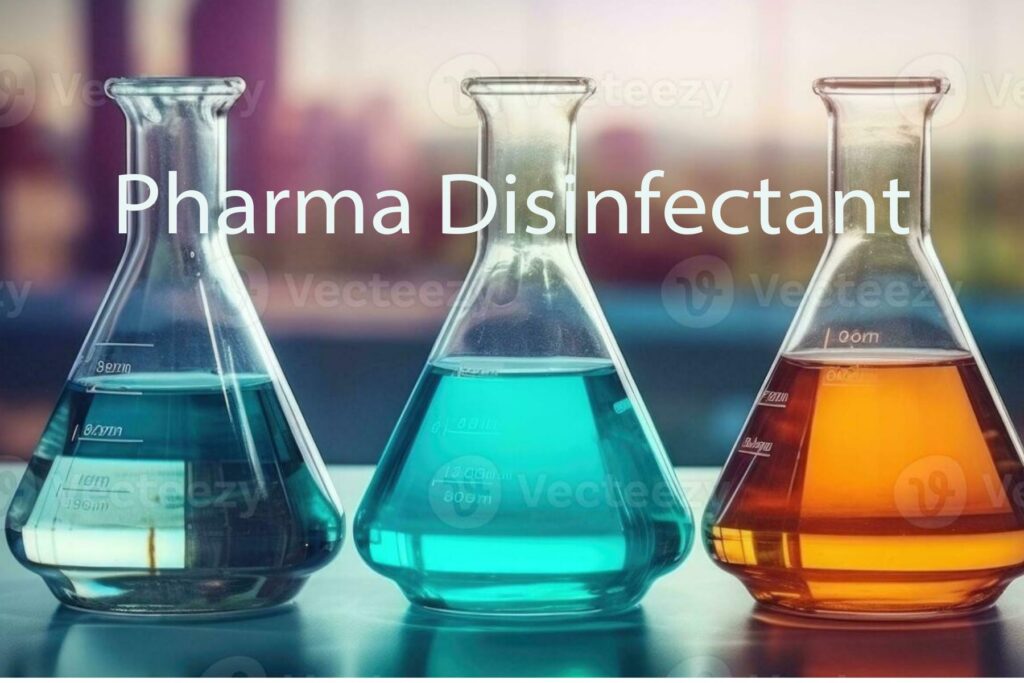
Categories of Disinfectants in Secondary Pharmaceutical Facilities
Categories:
A wide range of disinfectants are in use, offering a range of activities and types of use, and they may be grouped together in a number of broad classifications. These are:
a) Alcohols, usually ethanol or Industrial Methylated Spirit (IMS) but also other alcohols such as Isopropyl. They may be used alone or as a solvent for other disinfectants.
b) Phenolics. A wide range of compounds based on phenols and similar coal tar derivatives, several available as proprietary brands.
c) Hypochlorite. A widely used disinfectant, the effectiveness based on free chlorine released in solution (hypochlorous acid). Disinfectants containing Sodium Dichoroisocyanurate are also available (e.g Presept). The mode of action is similar to Hypochlorite.
d) Biguanides. Available mainly as proprietary products, some as mixtures with other disinfectants.
e) Quaternary Ammonium Compounds. Again available mainly as proprietary brands, often in combination with other agents. The materials are surface active agents with detergent properties.
f) Amphoteric agents. They are available as various proprietary brands. They have a wide spectrum of activity against Gram negative and gram positive bacteria and also Fungi.
g) Aldehydes. Two main agents are available, formaldehyde and Glutaraldehyde. The irritant properties of Formaldehyde together with toxicity issues have seen its use diminish markedly. Glutaraldehyde, in solution, is quite widely used for its sporicidal activity and has been more acceptable. However Glutaraldehyde is not universally acceptable to all countries, e.g. USA, due to concerns over toxicity.
h) Hydrogen Peroxide. The agent generated as a vapor (referred to as VHP or Vapor Phase Hydrogen Peroxide) is gaining increasing use in closed systems such as isolators, where it has been shown to be highly effective. It is too toxic for use on open environments (other than as very dilute solutions) although it is being also developed as a fumigation method for aseptic filling rooms and similar installations.
i) Peracetic Acid, Iodine Based Products, Others. These remaining groups are less popular, Peracetic Acid because of its highly corrosive nature and iodine based products due to staining. They do have some particular applications and are now being developed in combination with other disinfectants to overcome these disadvantages.
The list above represents the most commonly used chemical disinfectants in approximate descending order of frequency of use, alcohol being most widely used, Peracetic Acid very limited use (based on a recent industry survey). Where sporicidal activity is required, hypochlorite; Glutaraldehyde and Hydrogen Peroxide are usually utilized.
As indicated, many of the available disinfectants are marketed under commercial brands and contain additives (such as sequestering agents and buffers which increase their efficacy). It is important to follow the suppliers recommendations in preparation and dilutions of these agents.
